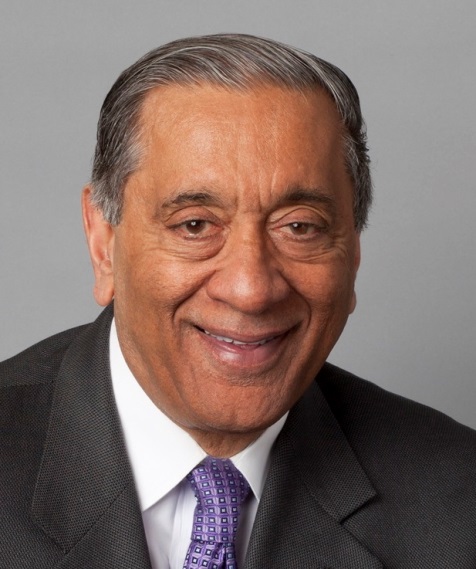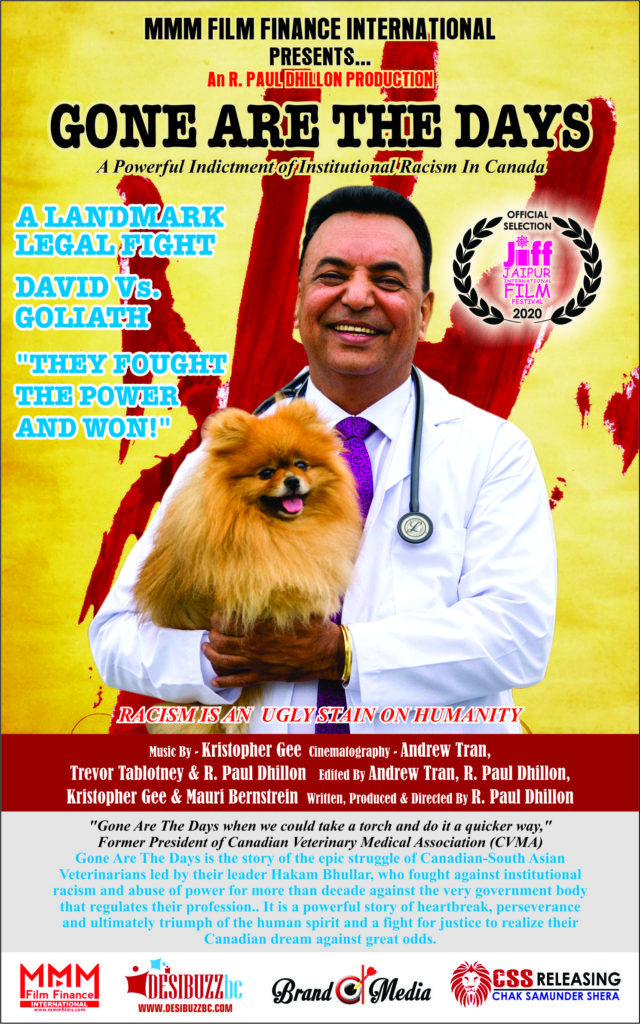DESIBUZZCanada
Events Listings
Dummy Post

International Day Of Yoga To Be Virtually Celebrated Saturday At 4pm

CANCELLED: Coronavirus Fears Kills Surrey’s Vaisakhi Day Parade

ADVERTISE WITH US: DESIBUZZCanada Is The Most Read South Asian Publication Online

SURREY LIBRARIES: Get Technology Help At Surrey Libraries

WALLY OPPAL: Surrey Police Transition Update On Feb. 26

GONE ARE THE DAYS - Feature Documentary Trailer

Technology Help At Surrey Libraries

Birding Walks

Plea Poetry/short Story : Youth Contest

International Folk Dancing Drop-in Sessions
SIKH INVENTOR: Father of Fibre Optics Narinder Singh Kapany Passes Away At 94F
- December 5, 2020

FATHER OF FIBER OPTICS: Dr. Narinder Singh Kapany passed away on Thursday at the age of 94. It was Kapany’s path-breaking research in the 1950s on fibre optics which paved the way for high-speed broadband internet, laser surgeries, and endoscopy, among others. It was during his Ph.D. at the Imperial College in 1954 when Kapany first managed to transmit images over a bundle of optic fibres.
SAN FRANCISCO - Dr. Narinder Singh Kapany, considered the Father of Fibre Optics, passed away on Thursday at the age of 94.
It was Kapany’s path-breaking research in the 1950s on fibre optics which paved the way for high-speed broadband internet, laser surgeries, and endoscopy, among others.

Born in 1927 to a Sikh family in Moga, Punjab, Kapany studied at Agra University.
“When I was a high school student at Dehradun in the beautiful foothills of the Himalayas, it occurred to me that light need not travel in a straight line, that it could be bent. I carried the idea to college,” Kapani said once.
It was during his Ph.D. at the Imperial College in 1954 when Kapany first managed to transmit images over a bundle of optic fibres.

“When I went to London to study at the Imperial College and started working on my thesis, my advisor, Dr. Hopkins, suggested that I try glass cylinders instead of prisms. So, I thought of a bundle of thin glass fibres, which could be bent easily. Initially, my primary interest was to use them in medical instruments for looking inside the human body. The broad potential of optic fibres did not dawn on me till 1955. It was then that I coined the term fibre optic in an article published for the famed Scientific American publication in 1960," he said
When the Nobel Committee awarded the 2009 Prize, many in the scientific community were perplexed that Kapany was overlooked for the award. In fact, the Nobel Committee had even acknowledged Kapany’s work in a detailed publication. The man himself, however, wasn’t too perturbed by this oversight.

“What can you say about this? I don’t think there should be any controversy about it. It is up to the Swedish Academy to decide. They have used whatever criteria they wanted to use.” Kapany said.
At the time of his death, Kapany had over 100 patents to his name and ran a philanthropic organization called the Sikh Foundation, which seeks to better relations between the Sikh community and others in the US.


















